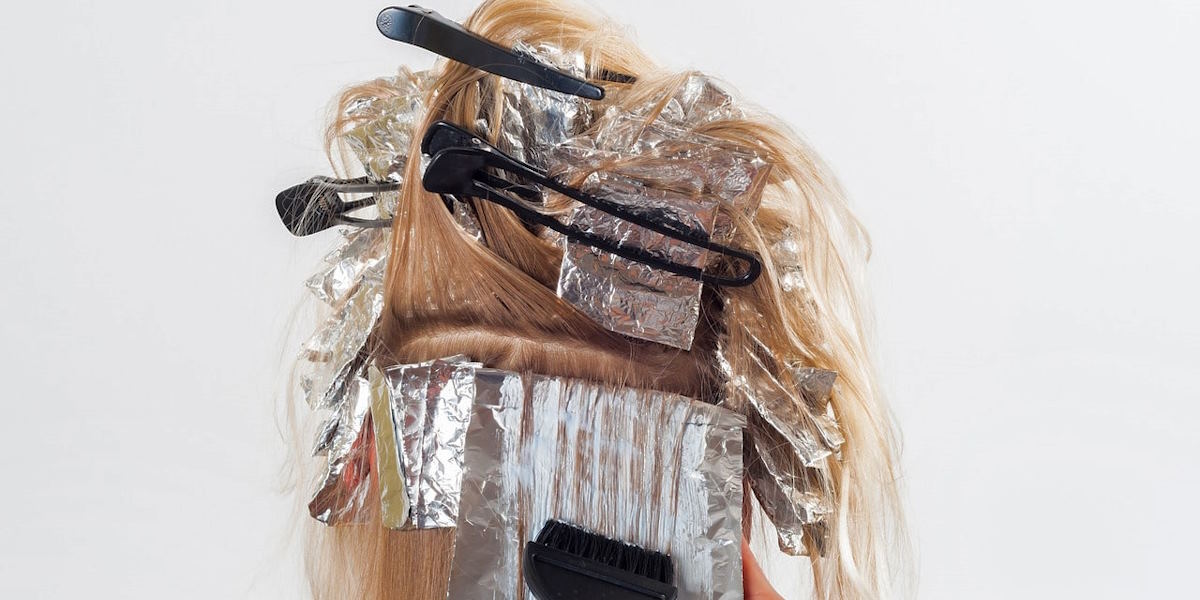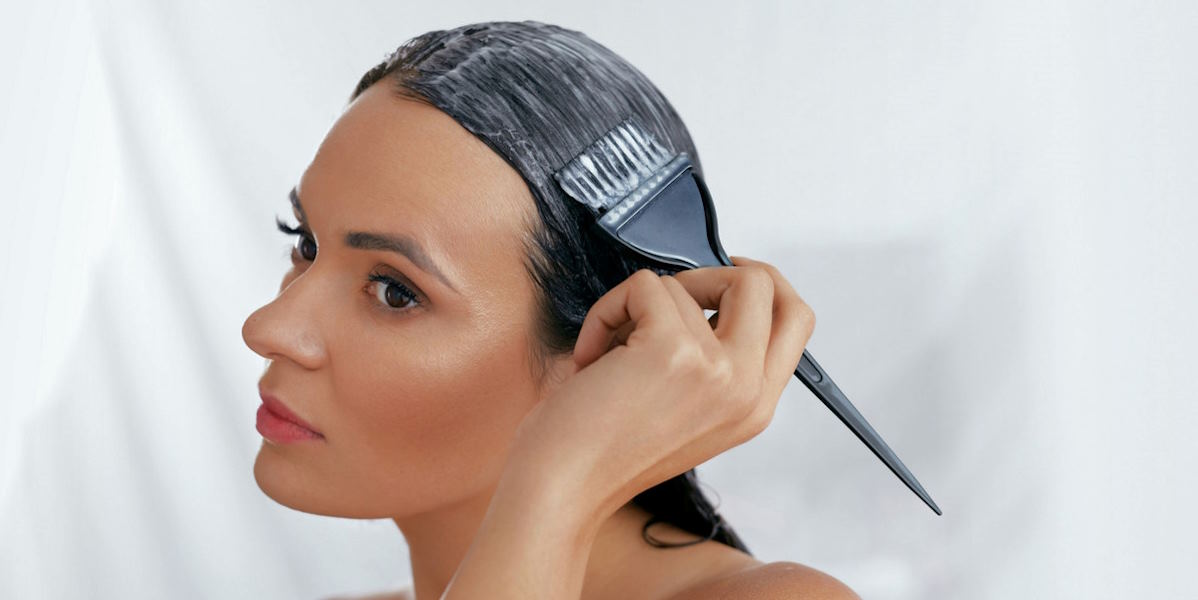Ready to give your hair a makeover right from the comfort of your own home? Home hair dyeing can be a fun and cost-effective way to refresh your look, but it’s not without its challenges. Think of it as cooking a new recipe—you wouldn’t want to ruin your favorite apron with a splash of sauce! Just like that, you want to avoid any dye disasters that could leave your skin and clothes looking like they’ve been in the crossfire of a paintball game. Stick with us as we share easy and practical tips to help you dodge those dye-related mishaps and enjoy a flawless at-home hair transformation.
Gather Your Supplies
Before diving into the dyeing process, let’s get everything ready. Imagine setting up a cooking station before you start baking a cake—you wouldn’t want to be scrambling for ingredients in the middle of the process. Similarly, having your supplies organized can make a world of difference when it comes to a clean and successful dye job.
Essential Tools:
- Hair Dye Kit: Choose a dye that suits your desired color and type of hair. Ensure you follow the instructions for mixing and application.
- Gloves: These are a must! They protect your hands from stains and potential irritation.
- Old Clothes or a Protective Apron: Wear clothes you don’t mind getting stained. An apron or cape can be a lifesaver in protecting your outfit.
- Towels: Old towels can help you catch any drips and protect your bathroom surfaces.
- Petroleum Jelly or Barrier Cream: This helps create a barrier around your hairline and ears to prevent dye from staining your skin.
- Cotton Balls or Pads: Handy for quickly wiping off any stray dye on your skin.
Protecting Your Skin
Your skin is your body’s largest organ, and it’s also the most likely to get stained during a home dyeing session. Just like you wouldn’t apply paint without covering your hands, you shouldn’t start dyeing your hair without protecting your skin.
- Wear Gloves: Start by putting on your gloves. This simple step keeps your hands free from dye stains and prevents potential skin irritation from the chemicals in the dye. Think of gloves as your first line of defense.
- Apply Petroleum Jelly: Next, take some petroleum jelly and apply it around your hairline, ears, and neck. This acts like a shield, preventing dye from getting on your skin. It’s similar to putting up a plastic barrier before painting a room—it keeps everything clean and contained.
- Use Barrier Cream: For extra protection, especially if you have sensitive skin, use a barrier cream. Apply it to the areas around your hairline and ears. This additional layer of defense ensures that even if some dye sneaks past, it won’t leave permanent marks.
- Clean Up Spills Immediately: If you happen to get dye on your skin, act fast. Wipe it off with a damp cloth or cotton ball as soon as possible. The quicker you clean up, the less chance there is for a stubborn stain to set in.
Protecting Your Clothes
Your favorite outfit doesn’t deserve to be sacrificed on the altar of home hair dyeing. Just like you’d wear an apron while cooking to avoid food splatters, you should take steps to protect your clothes during this process.
Wear Old Clothes: Opt for old, comfortable clothes that you don’t mind getting stained. This way, if dye does spill, you won’t be upset about ruining a brand-new shirt.
Use a Protective Apron: Invest in a protective apron or cape designed for dyeing hair. It’s like having a shield that covers your clothes from any accidental splashes. Plus, it’s easy to clean or toss into the wash if needed.
Cover Surrounding Areas: Don’t forget to cover nearby surfaces. Lay down old towels or newspapers on your bathroom counters and floor to catch any drips or spills. It’s similar to laying down a drop cloth before painting a room—preparing for the worst to ensure a mess-free experience.
Handling the Dye Application
Now that you’re set up to protect your skin and clothes, it’s time to focus on the dyeing process itself. Think of it like assembling a puzzle—you need to fit each piece together carefully to avoid a mess.
Be Cautious with Dye Application: When applying the dye, do so carefully. Start from the roots and work your way out. Avoid over-applying or letting the dye drip. Just as you wouldn’t pour too much sauce on a dish, you should use the dye sparingly to minimize spills.
Use a Brush or Applicator: Utilize a brush or applicator to apply the dye. This tool helps you control the amount of dye used and targets specific areas more precisely. It’s like using a paintbrush instead of a roller when working on detailed parts of a wall.





